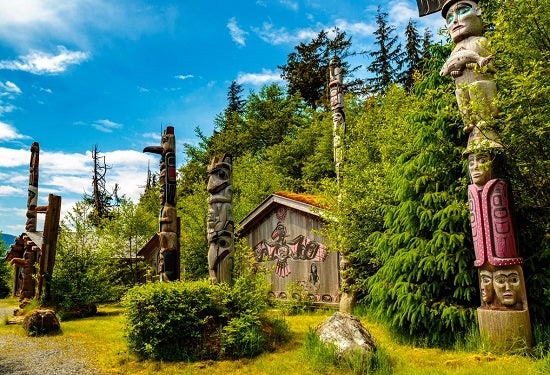
Honor, Pride and Opportunities for Greater Health: Turning the Tide in Native American Communities
By Elisa Arespacochaga
In what would normally be a month packed with celebrations and cultural recognitions in honor of Native American Heritage Month, stories about the escalating impact of COVID-19 on American Indian and Alaskan Native (AI/AN) communities unfortunately dominate news cycles. Health disparities are not new challenges for many underserved and underfunded Native American communities. Pre-existing societal factors have further exacerbated these disparities, with their already-strained local hospitals struggling to cope with the pandemic.
Alarming — that’s how best to describe disproportionate COVID-19 infection and mortality rates being seen in Native American communities, compared to other populations. According to an August report from the Centers for Disease Control and Prevention (CDC), in 23 states with sufficient COVID-19 patient race/ethnicity data, the overall COVID-19 infection rate among Native Americans is 3.5 times higher than those who are white. The CDC also reported that historical trauma and persisting racial inequity have contributed to disparities in health and socioeconomic factors between American Indian, Alaskan Native, and white populations that have adversely affected Native American communities.
The Navajo Nation, spanning 27,000 square miles over Arizona, New Mexico and Utah, has been devastated by COVID-19. According to the Navajo Department of Health, as of November 9, the region has experienced 12,641 positive cases and 594 confirmed deaths — that’s a higher per capita COVID-19 death rate than any U.S. state. And while we constantly hear messages about the importance of wearing masks, social distancing and regularly washing our hands, those simple steps are far more difficult in rural, tribal areas that already struggle with having running water, adequate sanitation services, food insecurities and access to quality medical care, among other issues. Even receiving messages about taking steps to protect against COVID-19 can be a challenge for Native American communities without adequate news and information resources.
So how can we turn things around? How can we help Native American communities make significant progress in fighting coronavirus and improving overall health?
New initiatives are already underway, including Montana recently announcing the formation of an “Indian Health Improvement Committee.” Calls have also been made for improved telehealth services to better-serve AI/AN communities. For hospitals and health systems looking to do more to help Native American communities, tools and resources for rural hospitals are available from the AHA, including COVID-19-related resources specifically for hospitals serving rural populations. Plus, the AHA’s Wear a Mask Campaign provides videos and a complete media tool kit to help educate all communities on the importance of wearing masks to fight the pandemic.
Not only is November a time for Native American communities to celebrate their heritage, but the greater hospital and health system community can make this month a turning point for improving Native American’s health outcomes.
Elisa Arespacochaga is vice president of the AHA’s Physician Alliance and interim executive lead of the IFDHE
